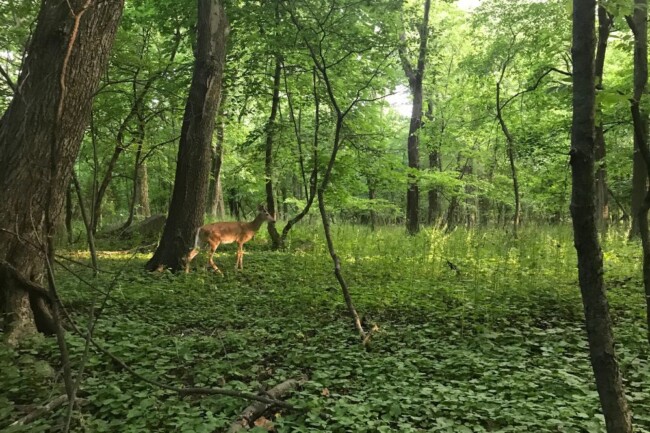The regions of New Jersey are known for certain things – and some of those reputations are based on the people who currently live or who originally lived in the areas. For generations, the term ‘Piney’ was used as a slur for the community of people who lived in the New Jersey Pine Barrens. At one time, the people residing there were targeted by eugenicist pseudoscientists as being genetically inferior. However, the living descendants of these people as well as those who live in the region now are here to share a very different version of their heritage and the history of the region. Read on to learn about the people who proudly call themselves Piney today and about the rich cultural heritage they rightly celebrate.
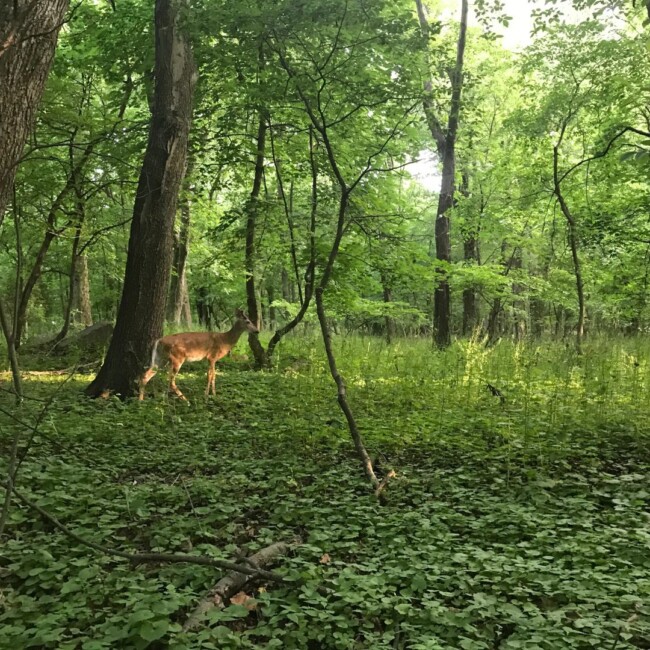
The Earliest Days
Across more than a million acres of sandy, acidic, low-nutrient soil in southern New Jersey, pine trees grow in a dense forest long referred to as the Pine Barrens or Pinelands. But despite the name, the land has never been barren of people. Lenni Lenape peoples (the Hackensack, Raritan, Aquakanonk, Tappan, and Pompton tribes) inhabited the woodland area at least as early as the first century CE.
As stewards of this special coastal plain ecosystem, the Lenni Lenape and the settlers who followed them developed their culture and economy in close connection to their environment. Cranberry bogs, for example, provided a major staple for those early residents. The Lenni Lenape used cranberries as food, as medicine, and as a dye. Later, peoples of European and African heritage who made their homes in the marshy areas of the Pine Barrens were quick to learn the value and versatility of the cranberry along with other sustainable agricultural practices that allowed for subsistence living in relative seclusion.
Read More: Why is Jersey City Called Chilltown? A Deep Dive
A Place of Sanctuary
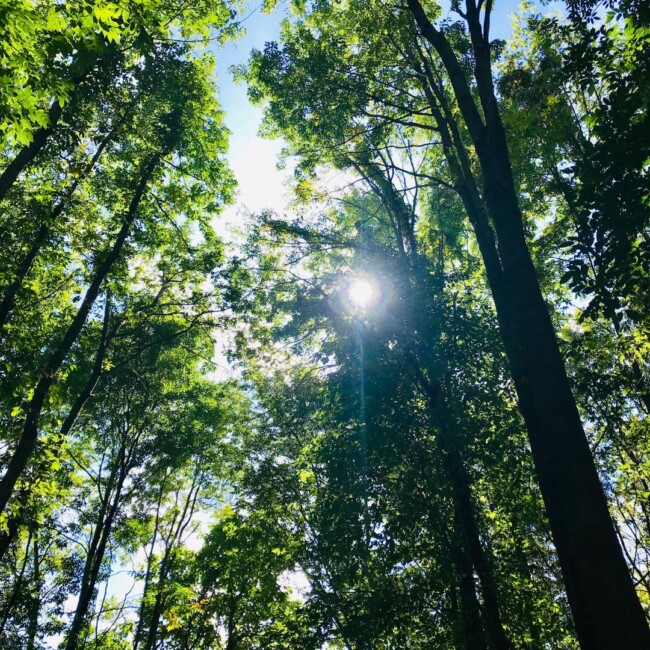
With the arrival of the earliest European settlers to the region, a new use of the non-arable land was established – the Pine Barrens became a place to hide. Folklore contends that hired Hessian (German) soldiers of the American Revolution, Quakers, and British loyalists all built hidden homes in the thick woods. European American’s genocidal violence against Native Americans and enslavers drove Native American and Black escapees of slavery to build homes there, too.
Some of these settlers mined for iron in the boggy soil and by the middle of the 19th century, those miners contributed significantly to the iron industry, operating furnaces and forges to smelt the iron ore they extracted and smelted. During the same period, folks living in the vast contiguous Pinelands cut valuable Atlantic white cedar for lumber and produced charcoal from lesser wood. The Pine Barrens became known for glass production houses as well. Glass blowers there designed and sold unique decorative and useful objects – such as vases, bowls, and evil spirit-absorbing witches’ balls.
Whatever their source of income or sustenance, 18th and 19th-century residents of the Pine Barrens lived in more social isolation than most people in that modern era. Somewhat like the peoples of the Appalachian Mountains, these hidden people were derided by their peers. The term Piney was not one of endearment but, rather, one of condescension and fear.
A Cultural Heritage to Celebrate
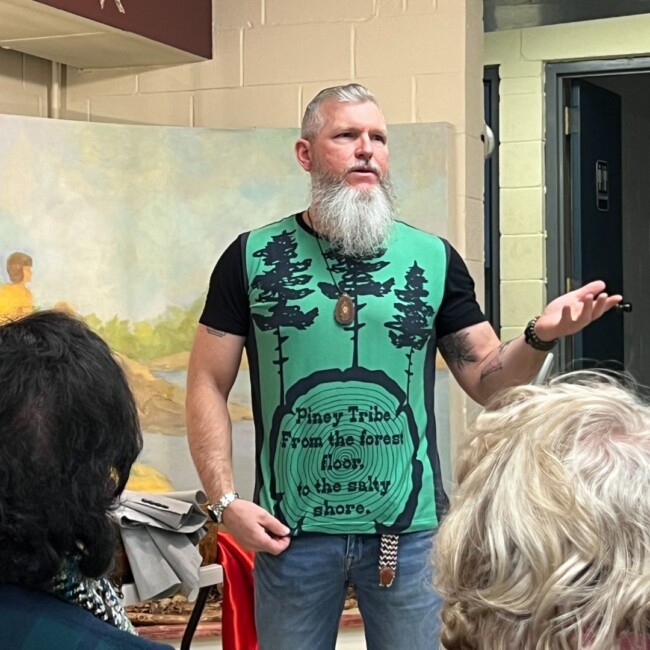
^ William J Lewis discussing New Jersey’s Piney cultural history for the Ocean County Historical Society
Today, multigenerational families living in the Pine Barrens region of New Jersey have taken back the term that was used as a slur propagated by eugenicist Henry Goddard and by others who sought to villainize them. The people who lived amongst the ancient pines were characterized as savages and their poverty demonized.
The people who proudly call themselves Piney today celebrate their rich cultural heritage. A cottage industry that dates back centuries and is based on dried flowers, moss, and birch whips thrives there still. Cranberry and blueberry farming, ceramics, and metalworking are all ongoing traditional craft trades that reveal the ingenuity and resilience of the people of the New Jersey Pine Barrens.
There are no museums devoted to Piney history and traditions, though New Jersey historical societies have hosted exhibitions and talks on the topic. Author and advocate William J Lewis speaks regularly to audiences interested in what being a Piney means today. His is one of many contemporary voices celebrating the legacy of Piney culture as a force for the conservation of and valuing of the beautiful New Jersey Pinelands.
See More: All About George Washington’s Headquarters in Morristown
A Place of Folkloric Tradition
Generations of New Jersey children have told stories of ghost towns, mythical beasts, and heroic outlaws that reside in the Pine Barrens. For the most part, those campfire tales were presented as scary stories of wild people in a wild place. Respect has always been hard for the people of the Pinelands to come by.
The Lenni Lenape peoples called the Pine Barrens Popuessing which translates to “place of the dragon” providing evidence to more recent story weavers of the longtime presence of the Jersey Devil. One story of the Lenni Lenape reports on how cranberries came to the Pinelands region of New Jersey thousands of years ago: Giant mastodons began a great battle for power over all the other animals. Great Spirit saw the destructive war and wasn’t having it. Great Spirit stopped the combatants with his lightning bolts and covered the ugly churned-up field of battle with beautiful fruiting cranberry vines. For the Lenni Lenape, the cranberry was a symbol of peace and the ecosystem of the Pine Barrens sacred.
An Ecological Treasure
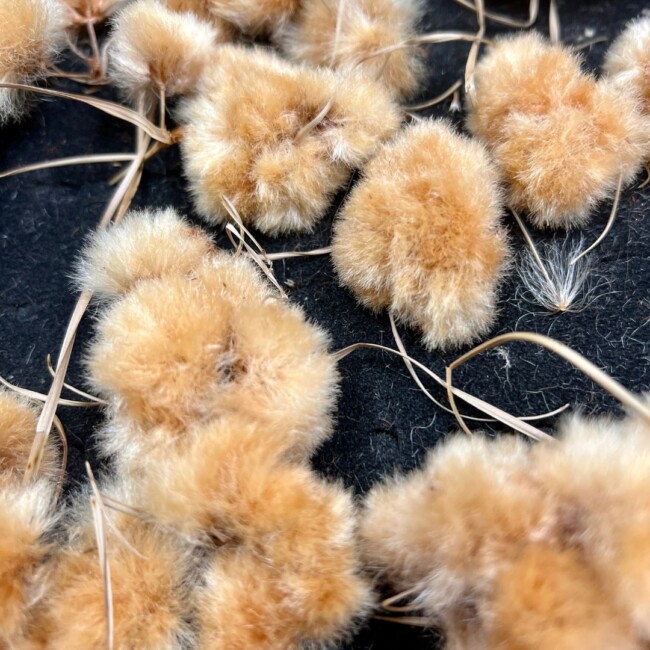
Today, the Pine Barrens region, or Pinelands, is a vital refuge for rare species of wildlife and plants. Ecological keystone species of plants and animals that have been wiped out of neighboring areas thrive in this grand swath of connected forests. For centuries, the subsistence lifestyle of the residents of the Pinelands left forests, swamps, meadows, and bogs pristine. The Piney people used the natural resources sustainably without depleting or spoiling the water or habitats in which they coexisted. Because of them, this unique and fascinating ecosystem exists now as a natural treasure.

